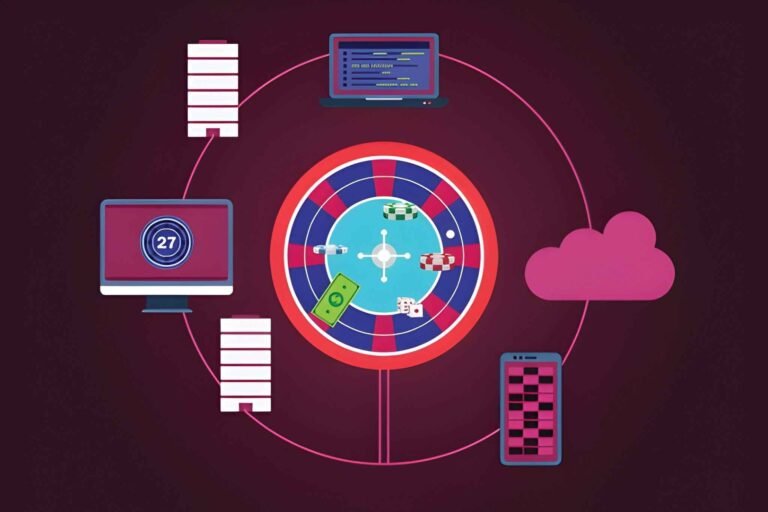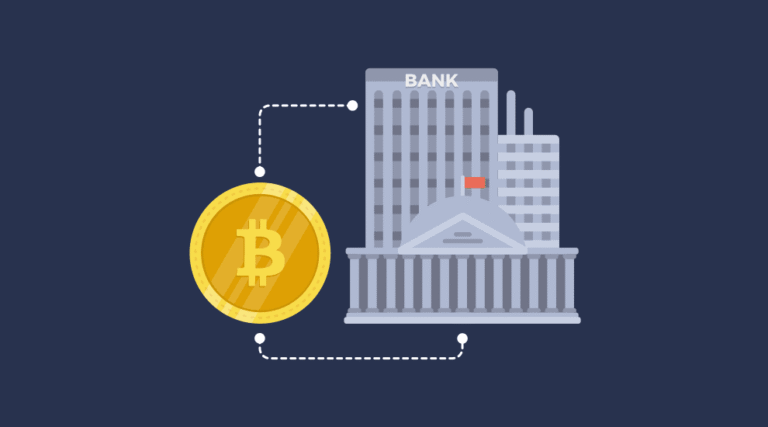
Hacking scenes in movies and TV shows often go for entertainment over authenticity, with thrilling music, action scenes, and people typing at lightning-fast speeds. Take for instance Tom Cruise’s iconic hacking sequence from the first ‘Mission Impossible’ film, which shows his character, Ethan Hunt, hacking into a CIA computer while dangling from cables. And who can forget that epic scene in ‘Ocean’s 8’ where 9Ball (Rihanna) orchestrated a phishing campaign to gain access to the Metropolitan Museum of Art?
In a panel discussion about the depiction of hackers in film and TV, Chrome’s Vice President Parisa Tabriz, also known as Google’s ‘Security Princess,’ said that pacing is one of the biggest differences between on-screen and real-life hacking. “Everything that happens on screen happens 150 times faster than how it happens in real life,” Tabriz explains. The portrayal of on-screen hackings may be wide off the mark, but some of the cybersecurity breaches shown in movies hint at the perils that humankind could face if these scenarios ever become real. Here are some reel-life hackings that explore the dangers of potential real world cyberthreats.
Hackers Taking Control of Your Car
Some of the most notable and realistic hacking scenes on film involve elements that are used in legitimate hacker tradecraft. For instance, in ‘The Matrix,’ Trinity (Carrie-Anne Moss) is shown using a program called Nmap, which is a port scanner that can reveal which services are running on a particular server. The same program was also featured in hacking scenes in ‘Snowden,’ ‘Elysium,’ and ‘The Bourne Ultimatum.’ Most viewers weren’t bothered about the use of actual programs or apps in Hollywood hacking scenes, but some concerns were raised when films started depicting hackers taking control of cars as some experts say that this scenario could happen in real life.
In the eighth installment of ‘The Fast and the Furious’ movie franchise titled ‘The Fate of the Furious,’ Cipher’s (Charlize Theron) crew of hackers gained control of a few cars in NYC by accessing their auto drive feature. Some of the vehicles still had their drivers inside while they smashed together on the road. A few cars in skyhigh parking garages were even shown shooting out of the buildings as Cipher told a member of her crew to activate them so that they’ll crash down on the busy streets.
Although there have been no reports of similar incidents happening in real life, experts say that this doesn’t mean that car hacks haven’t taken place at all. In an interview with Reader’s Digest, digital privacy expert Ray Walsh said that back in 2015, it was found that a Jeep Cherokee could be hacked remotely to mess up its settings. Due to the findings, Chrysler had to recall 1.4 million vehicles to fix vulnerabilities since these issues could lead to loss of life, among other problems. Since hackers are finding new ways to breach car systems, Walsh said that vehicle manufacturers should consider integrating black-box technology into cars to record any form of outside interference or hacking attempts.
Threat Actors Triggering a Nuclear War
The 1983 film ‘WarGames’ may not be as flashy or technologically advanced as other cyber-themed films of the late 90s and 2000s. However, this movie serves as an example of the kind of damage that hackers can inflict on our world. In the film, Matthew Broderick, who plays a brilliant high school student, hacks into the US military’s system and engages with an AI-like program called WOPR, which learns war simulations and controls the missile launch center. Eventually, the program executes a nuclear war against the Soviet Union. Thankfully, with the help of a reclusive tech expert named Dr. Falken (John Wood), David is able to stop a mass missile launch and prevent the start of World War III.
In real life, hackers may attempt to start a war through ransomware attacks on government systems. However, AI that has been given complete control over defense systems may pose bigger threats if it’s been injected with malicious data. Michael E. O’Hanlon, who is a senior fellow in foreign policy studies at the Brookings Institution, says that when faced with the possibility of a nuclear war, machines trained in “rational” ways may not exhibit the same level of compassion and thoughtfulness as human beings. This means that AI will always choose to launch nuclear missiles in an instant, while humans may think twice before pushing the red button.
Cybersecurity breaches depicted in films may appear to be highly unrealistic, but they present real dangers if they ever make the leap from the screen to our world. While they serve their purpose to entertain viewers, these scenarios should inspire real-world action from governments, manufacturers, and tech experts to make vehicles, computers, and online systems safe from cyber criminals.






